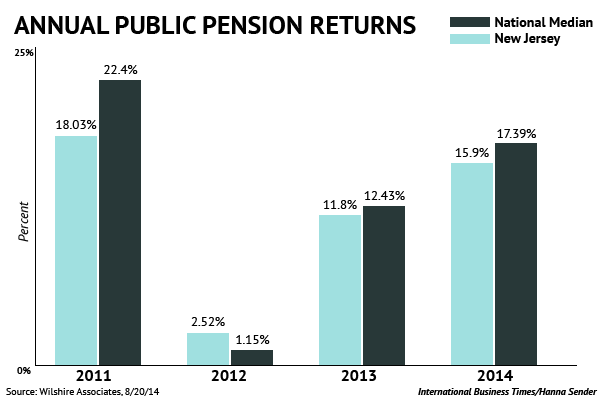Late last month, Pennsylvania state Rep. Tom Caltagirone and financial advisor Richard Shuker took the state’s pension systems to task over the management of pension assets and fees paid to Wall Street.
[Read their arguments here.]
Now, the executive director of the state’s Public School Employees’ Retirement System (PSERS) has fired back in his own op-ed, defending the system’s investments. An excerpt from the piece, published in the York Dispatch:
1. PSERS is a well-managed, professionally run pension system that is audited by an independent, private sector auditing firm every year and follows all accounting standards issued by the Governmental Accounting Standards Board and all reporting requirements as required by the Securities and Exchange Commission.
2. PSERS received 15 recommendations from the Department of Auditor General’s 2006 Special Performance Audit. PSERS has resolved 13 of those recommendations and the two remaining address governance issues that are long-term projects and are currently in process.
3. Under Section 8521 (a) of the Retirement Code, PSERS is subject to the Prudent Investor Standard, which is a higher level standard than the Prudent Person Standard mentioned in the editorial.
4. Rep. Caltagirone and Mr. Shuker appear to use simple math to subtract the plan’s net asset values at two periods of time and imply that $48 billion is missing. For the 10-year period noted, we paid out $48.7 billion in benefit payments which they fail to even recognize. Evidently they are not aware that PSERS is a defined-benefit pension plan that currently pays out over $6 billion in pension benefits each year to over 213,000 retired members, including over $184 million in pension benefit payments in Berks County, where Rep. Caltagirone’s legislative district is located.
Read the full piece here.
Photo credit: “Flag-map of Pennsylvania” by Niagara – Own work from File:Flag of Pennsylvania.svg and File:USA Pennsylvania location map.svgThis vector image was created with Inkscape. Licensed under CC BY-SA 3.0 via Wikimedia Commons – http://commons.wikimedia.org/wiki/File:Flag-map_of_Pennsylvania.svg#mediaviewer/File:Flag-map_of_Pennsylvania.svg




